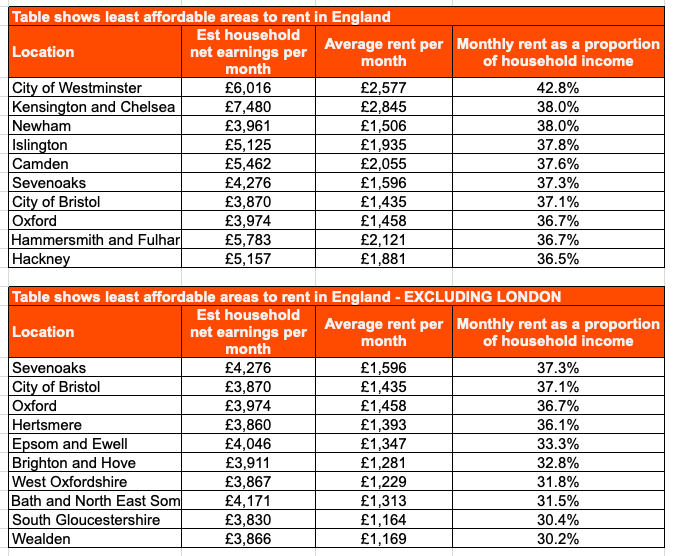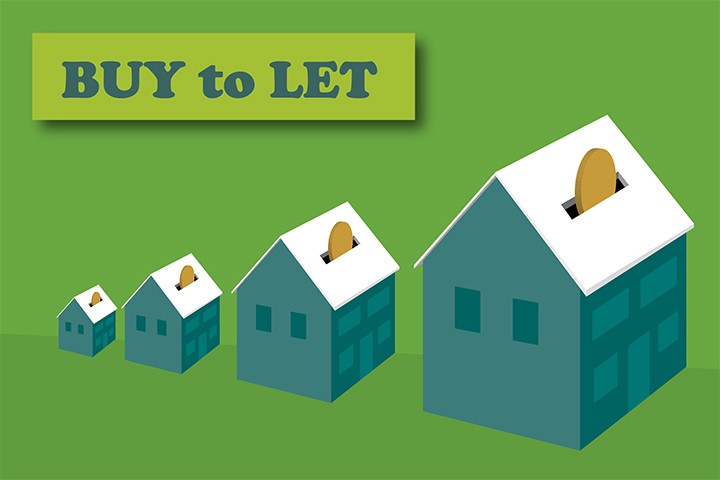The average tenant is paying almost a quarter of their net earnings on the cost of renting, with the figure climbing as high as 42.8% in the nation’s least affordable pockets of the market, Ocasa research has found.
The property management company analysed the latest data on household earnings to find the monthly net income across each area of England. It then looked at this net income in relation to the average cost of renting and what proportion is required.
The research revealed that the average household earns £4,030 after tax across England. But with the average monthly cost of rent currently sitting at £946 in England, it takes almost 23.5% household income to cover the cost of renting.
London remains the least affordable region for the nation’s tenants. The average London rent of £1,672 per month requires 33.3% of the average monthly household net income (£5,026). In both the South West and South East, the proportion of net earnings required to cover the monthly cost of renting also sits above the national average at 25.1% and 25% respectively.
The capital also dominates the charts at local authority level. Westminster is the nation’s least affordable pocket of the rental market, where tenants can expect to pay 42.8% of their earnings on the average cost of renting. Kensington and Chelsea and Newham rank second at 38%, followed by Islington (37.8%) and Camden (37.5%).
Outside of the capital, Seven Oaks is home to the least affordable rental market, where tenants are currently paying 37.3% of their monthly income on the cost of renting. Bristol (37.1%) and Oxford (36.7%) also make the top 10 least affordable rental markets, with Hammersmith and Fulham (36.7%) and Hackney (36.5%) completing the top 10.

In contrast, Hyndburn is the nation’s most affordable rental market, where the average cost of renting requires just 13.6% of the average household’s net income.
Jack Godby, sales and marketing director at Ocasa, commented: “The high cost of renting is certainly nothing new but we’ve seen a lack of suitable stock, coupled with consistent and increasing demand from tenants, continue to push rental prices ever higher.
In addition, we’re simply not seeing the same levels of growth when it comes to earnings and this has caused the rental affordability gap to widen.”








